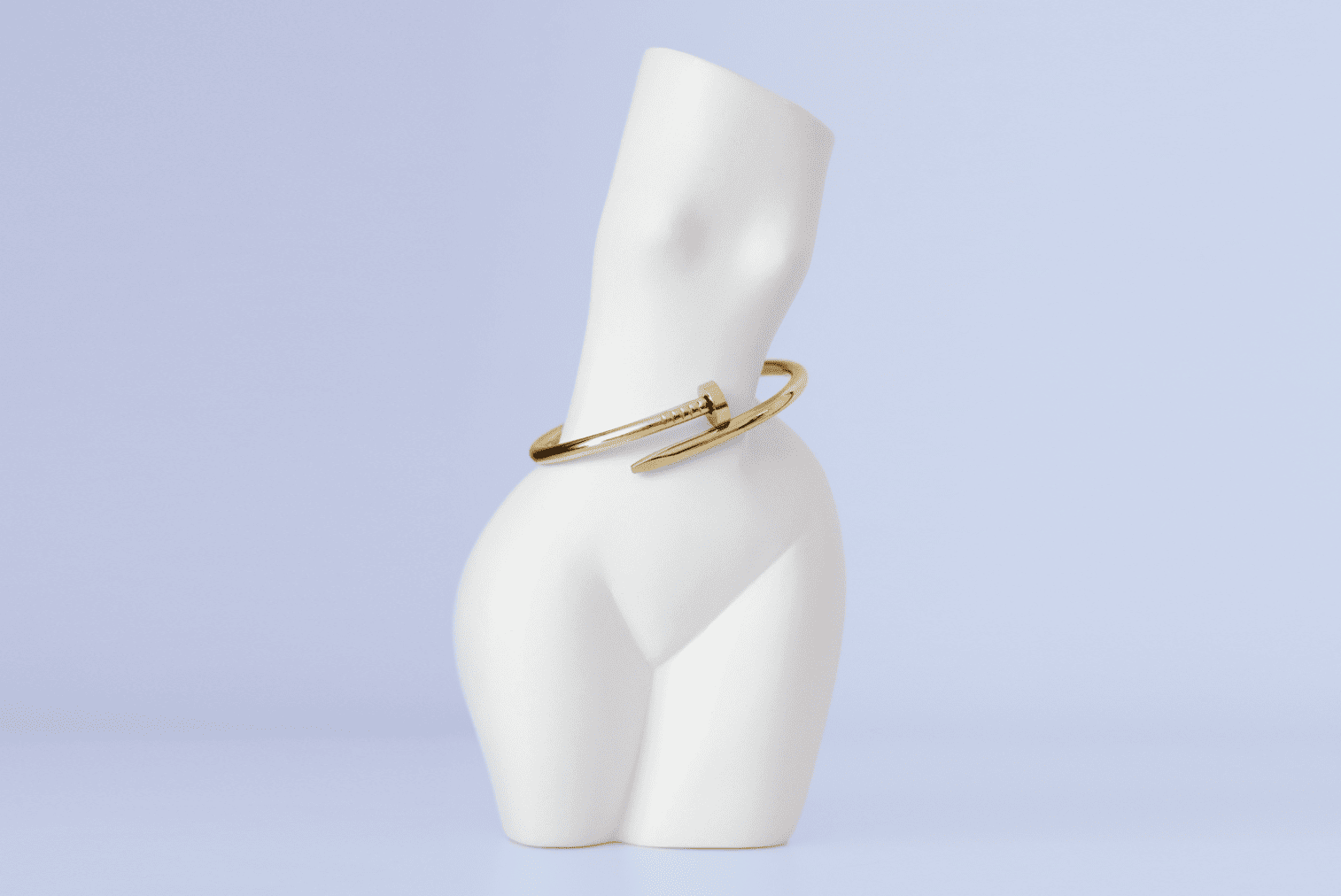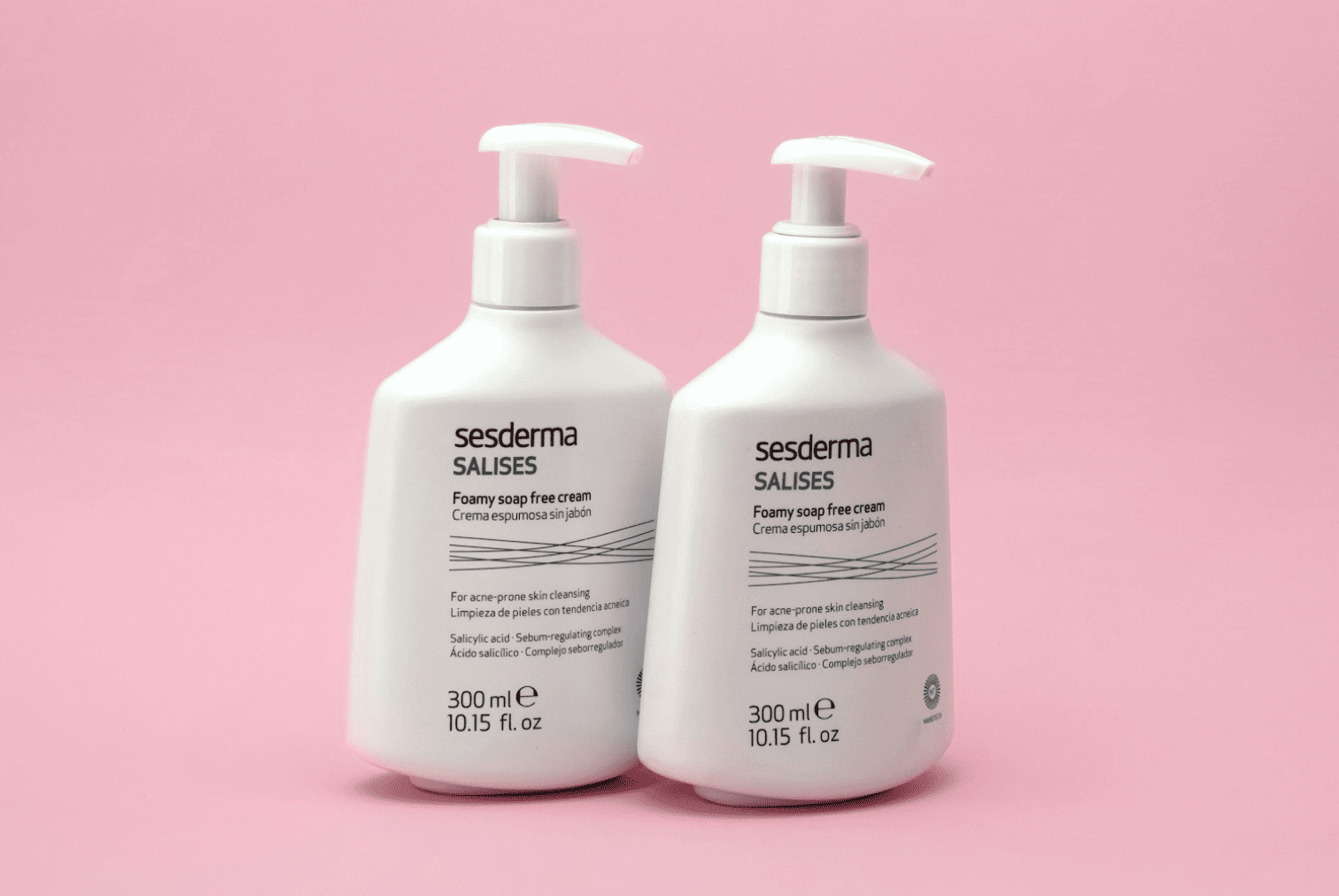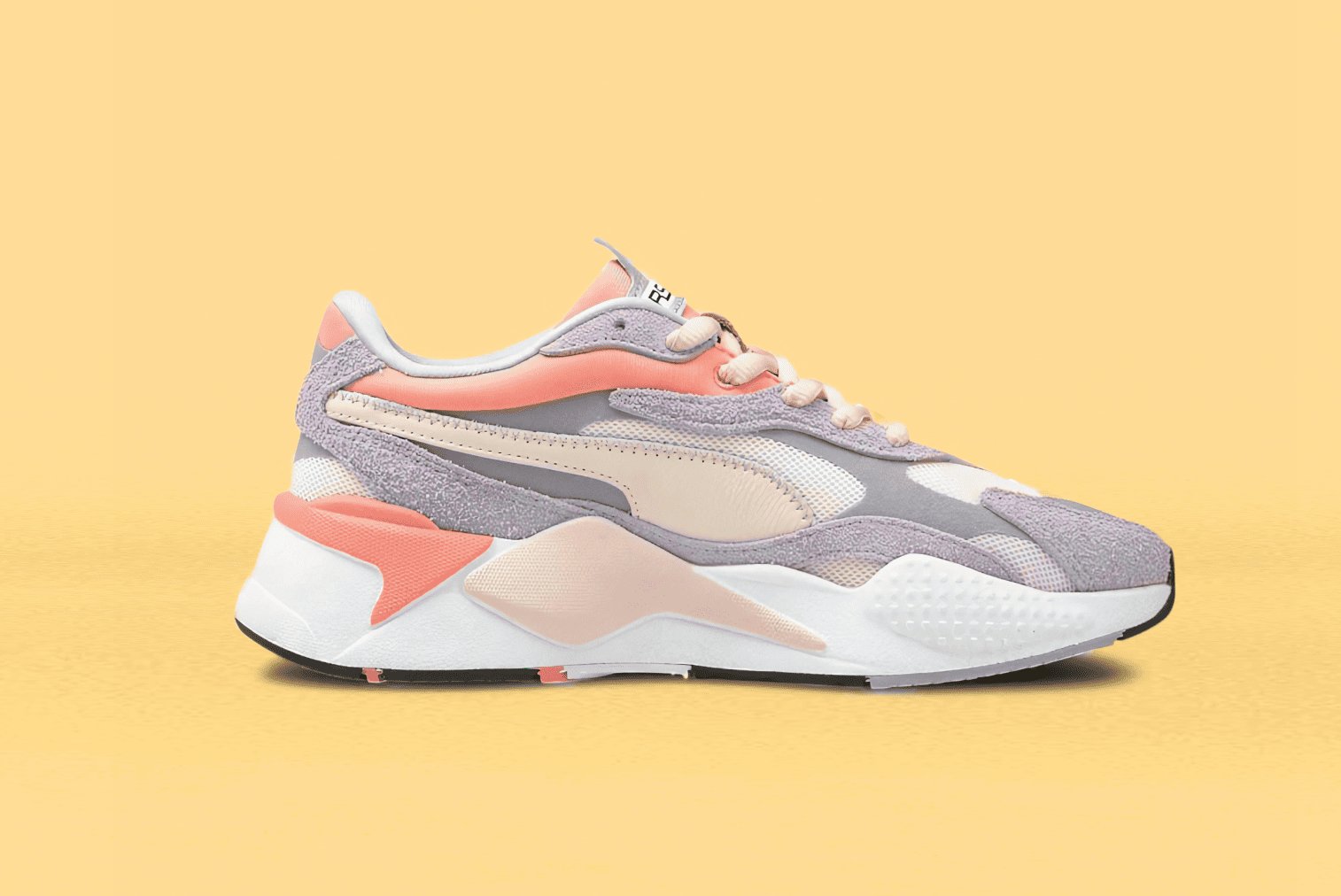Product Photo Editing: How to Make Your Products Stand Out
In the competitive world of online sales, high-quality product photos can decide whether customers buy from you or not. Whether you run a small business or work as a photographer, improving your product images is key. This guide will explain the basics of e-commerce photography, design tips, editing tools, and techniques to make your products look their best. Let’s get started!

E-commerce: Capturing and Optimizing Product Photos for Online Sales
How to Choose Photos for Your Online Store
Your product photos are the first thing customers see. Follow these simple tips to create eye-catching visuals:
- Show multiple angles: Highlight details like texture, size, and how the product works.
- Keep lighting consistent: Use natural light or softbox setups to reduce shadows.
- Add lifestyle images: Show the product being used (e.g., a model wearing a shirt or a mug on a desk).
- Use high-resolution images: Blurry photos can make your brand seem unprofessional.
Optimizing Photos for E-commerce Platforms
Each platform has specific rules:
| Platform | Image Guidelines |
|---|---|
| Amazon | Pure white background (RGB 255,255,255), minimum 1000x1000px, product should fill 85% of the image. |
| Shopify | Flexible styles, but keep images under 1MB for faster loading. |
| Etsy | Authentic, creative shots; use props to tell a story. |
| eBay | Show multiple angles; use high-resolution for zooming. |
| AliExpress | Bright, clean backgrounds with no distractions. |
Using Photos to Boost Sales
- Test different thumbnails (A/B testing): Compare which images get more clicks.
- Share customer photos: Ask buyers to post photos of your product in use.
- Add zoom features: Let customers see details up close.
Pro Tip: Tools like Blir.ai can remove or replace backgrounds in seconds, making your images platform-ready without hiring a pro.
Design: Enhancing Product Appeal Through Visuals
How Design Influences Buyer Decisions
Good design connects emotionally with customers:
- UI/UX Design: Make navigation easy (e.g., place buttons like “Buy Now” near product images).
- Graphic Design: Use colors strategically (e.g., red for urgency, blue for trust).
- Packaging Design: Create memorable unboxing moments that customers share online.
Popular Design Styles for Product Imagery
- Minimalist: Simple backgrounds, focus on the product.
- Vintage: Warm colors, subtle textures for a nostalgic feel.
- Modern: Bold fonts, clean shapes.
- Luxury: Dark backgrounds, metallic accents.
Choosing the Right Style for Your Product
- Match your brand: An eco-friendly brand might use natural colors and wooden props.
- Know your audience: Younger shoppers often prefer bright, dynamic visuals.
Example: Use Blir.ai to swap a messy background for a clean white or gradient, matching your brand style in seconds.

Software: Top Tools for Image Editing
Free vs. Paid Image Editing Programs
| Category | Free Tools | Paid Tools |
|---|---|---|
| Beginner | GIMP, Paint.NET, Snapseed | Canva, Pixelmator Pro |
| Professional | Inkscape, Blir.ai (background removal) | Adobe Creative Cloud, DxO PhotoLab |
Best Software for Specific Needs
- Background Removal: Blir.ai (easy one-click tools).
- Retouching: Adobe Photoshop (advanced editing features).
- Batch Editing: Adobe Lightroom (edit multiple photos at once).
- Vector Graphics: CorelDRAW or Affinity Photo.
Why Blir.ai Stands Out:
- Easier to learn than Photoshop.
- Works seamlessly with e-commerce sites (direct export for Amazon/Shopify).
Image Processing: Techniques to Elevate Your Photos
Step-by-Step Editing Guides
Photoshop for Product Retouching
- Fix flaws with the Spot Healing Brush.
- Adjust brightness using Levels or Curves.
Lightroom for Batch Editing
- Apply presets to keep colors consistent across all product images.
- Use Radial Filters to draw attention to key areas.
GIMP for Budget-Friendly Edits
- Remove backgrounds manually with the Foreground Select Tool.
- Fix lighting issues with Color Balance.
Snapseed for Mobile Editing
- Brighten specific areas with Selective Adjust.
- Enhance details using HDR Scape.
Tips for Professional Results
- Sharpening: Don’t over-sharpen; focus on edges with masks.
- Color Correction: Use a gray card for accurate colors.
- Shadow/Highlight Recovery: Fix dark areas without losing details.
Pro Hack: Save time by automating tasks like background removal with Blir.ai, freeing you up for creative work.

Final Thoughts
From taking great photos to polishing them with tools like Blir.ai, every step matters. Whether you’re following Amazon’s rules or building a luxury brand, the right mix of photography, design, and software can boost your sales. Start testing these tips today—your products deserve to stand out!